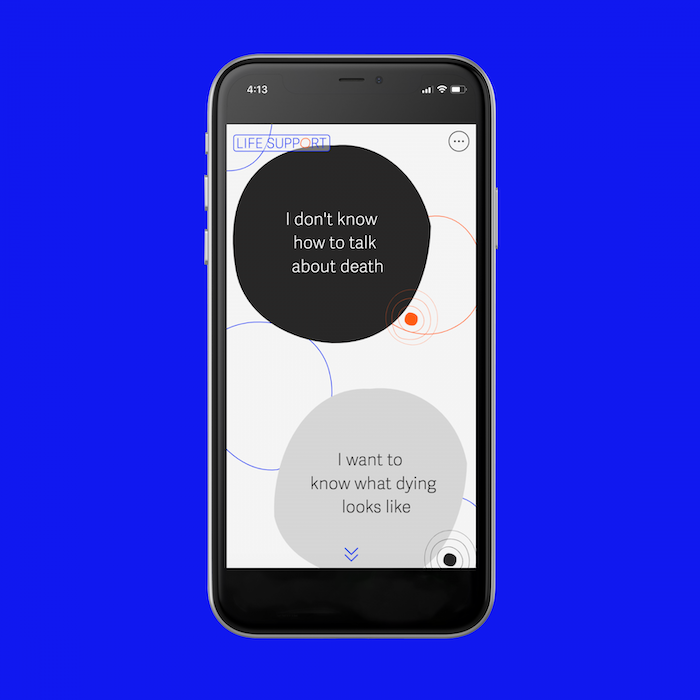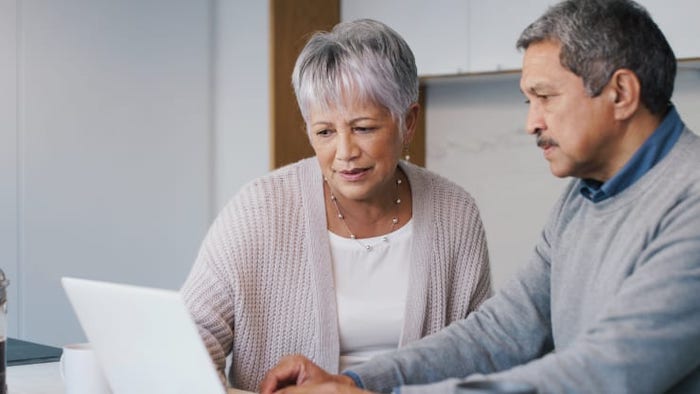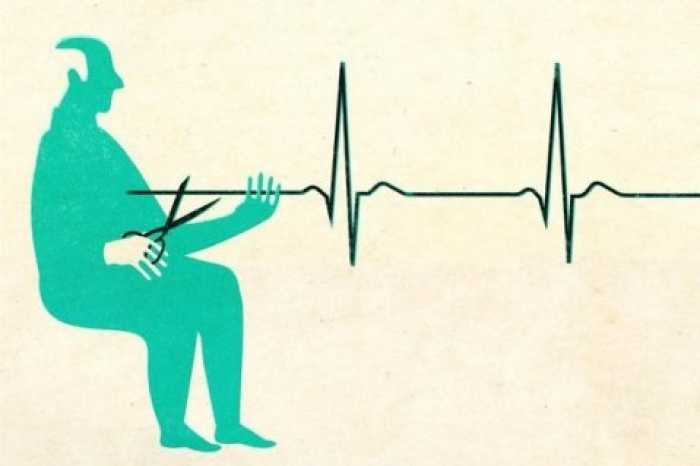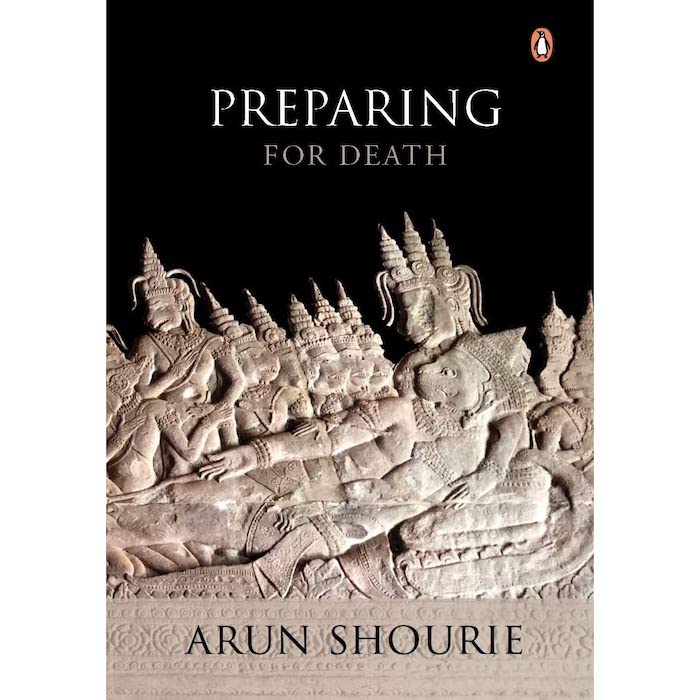
You call out to your best friend, but there’s no response. You shake them and gently nudge their shoulder before it dawns on you that they’re not sleeping. They’re lifeless. Dead. You reach for them again but the distance between you grows until they become one with the fog.
You wake up with a profound sense of loss yet strangely unburdened. You’ve had a common dream about someone dying — but in all likelihood, it has nothing to do with your friend or literal death.
Read on as we take a closer look at dreams about dying, what they mean, and if there’s reason for concern.
It’s not uncommon for terminally ill people to dream about loved ones who have died, according to a 2016 studyTrusted Source done in India. And a small 2014 surveyTrusted Source found that it’s not unusual to dream of someone you’ve recently lost.
Most people reported these dreams to be pleasant or both pleasant and disturbing. A few respondents said they were purely disturbing.
Such dreams may be part of the mourning process or a reflection of the fact that you miss someone who’s no longer in your life.
If you aren’t terminally ill or mourning a loved one, however, your dream may not really be about death at all. Instead, death may represent change or a period of transition.
When trying to interpret a dream, it helps to focus less on specific details and more on the way it made you feel. Consider how these feelings relate to what’s going on in your life.
For example, if you woke up feeling scared and anxious, you might consider whether you’re stressed out about changes in your life or fearing the unknown.
If you woke up feeling good, perhaps you’re accepting that something in your life is ending and you’re embracing a new beginning.
While it can be upsetting to dream about death, remember that dreams aren’t predictions and shouldn’t be taken at face value.
Things we dream about are often symbols for other things. So, dreaming about death could be part of the bereavement process or a representation of great change in your life.
Dreams about falling are fairly common and may represent:
- insecurity or lack of self-confidence
- feeling out of control
- letting go or setting yourself free
The symbolism of falling may go hand-in-hand with symbolism of dying — both can represent an ending, a beginning, or both.
Death can show up in many types of dreams. Whether it’s your own death or someone else’s, there’s a good chance your dream is really about unresolved issues.
Dreams about family members dying
A 2018 study on childhood nightmares found that common themes include:
- death
- injury
- threats to family members
When you dream about a loved one dying, it might be due to changes — whether perceived or actual — to your relationships.
Dreams about you dying
Dreaming about yourself dying could mean that you’re in a major life transition.
It might be a symbolic goodbye to a relationship, a job, or a home. It could represent a part of you that is dying or something you’d like to escape.
It could also be that you’ve been putting your own needs on the back burner in favor of everyone else. Part of you feels neglected and is vying for attention.
Dreams about celebrities dying
When a celebrity dies in your dream, it’s probably not about the celebrity. The meaning may lie in who or what that particular celebrity represents to you.
Dreams about pets dying
You may dream about your pet dying if they’re old or sick and you’re genuinely concerned about them.
But your pet may symbolize something else, such as:
- comfort
- security
- companionship
And dreaming of your pet dying might symbolize your fear of loss of these three qualities.
Dreams about friends dying
Dreaming about the death of a friend could signify concern for that person. It could also mean that your friendship is undergoing change or that you’d prefer to be free of this person.
Keep in mind the meaning behind the dream may not have anything to do with that friend at all. Instead, it might relate to what that friend represents in your life.
Dreams about deceased loved ones
The aforementioned small 2016 studyTrusted Source found that end-of-life dreams are common. Terminally ill people reported dreaming about loved ones who’ve already passed on.
These dreams tended to be nonthreatening, and the people in the dreams were seen as they were in their prime of health. This could be a coping mechanism.
“The goal ultimately may not be to avoid having such dreams, but rather approach them with curiosity to better understand them,” Dr. Alex Dimitriu, of Menlo Park Psychiatry & Sleep Medicine in California, told Healthline.
Recurring dreams about death can be the result of ongoing stress and unresolved issues. Try to identify the cause of stress in your waking life. Confronting the issue may help stop the dreams.
You can also ease into a more peaceful sleep by scheduling wind-down time before you go to bed. Make sure your bedroom is free of glowing electronics and other sources of light.
If you wake up in the night, use deep breathing or other relaxation exercises to get back to sleep. If that doesn’t work, get up and do something relaxing until you’re sleepy again.
If you’re having a hard time dealing with recurring dreams or ongoing stress, talk with a doctor or mental health professional. A qualified therapist can help you work through anxiety dreams.
Dreaming is a natural function of our sleeping brains. In fact, everybody dreams.
Dimitriu, who’s double board certified in psychiatry and sleep medicine, says dream content can be:
- leftover remnants of the day’s thoughts and events
- an ongoing subconscious theme or feeling
- just random
“In my work, after thoroughly exploring conscious and subconscious explanations of dream content, sometimes we are left with no clear answer,” Dimitriu said.
He noted the importance of letting the person experiencing the dream draw conclusions, rather than plant ideas in their mind. It’s a process that can take time.
“In the case of dreams with intense content, such as dying, it is worth noting there is a lot of emotional energy to such a dream,” Dimitriu said.
“Lastly, sometimes, a cigar is just a cigar, and some dreams are truly random,” he added.
Dreams of someone dying can be unsettling, but they shouldn’t be taken literally. Death in a dream may symbolize the end of something and the beginning of something new.
Dreams provoke emotions — and those emotions can help you connect a dream to events in your life. But dreams can’t always be deciphered.
If you’re troubled by frequent stress-related dreams, it may help to talk things out with a qualified therapist.
Complete Article ↪HERE↩!






